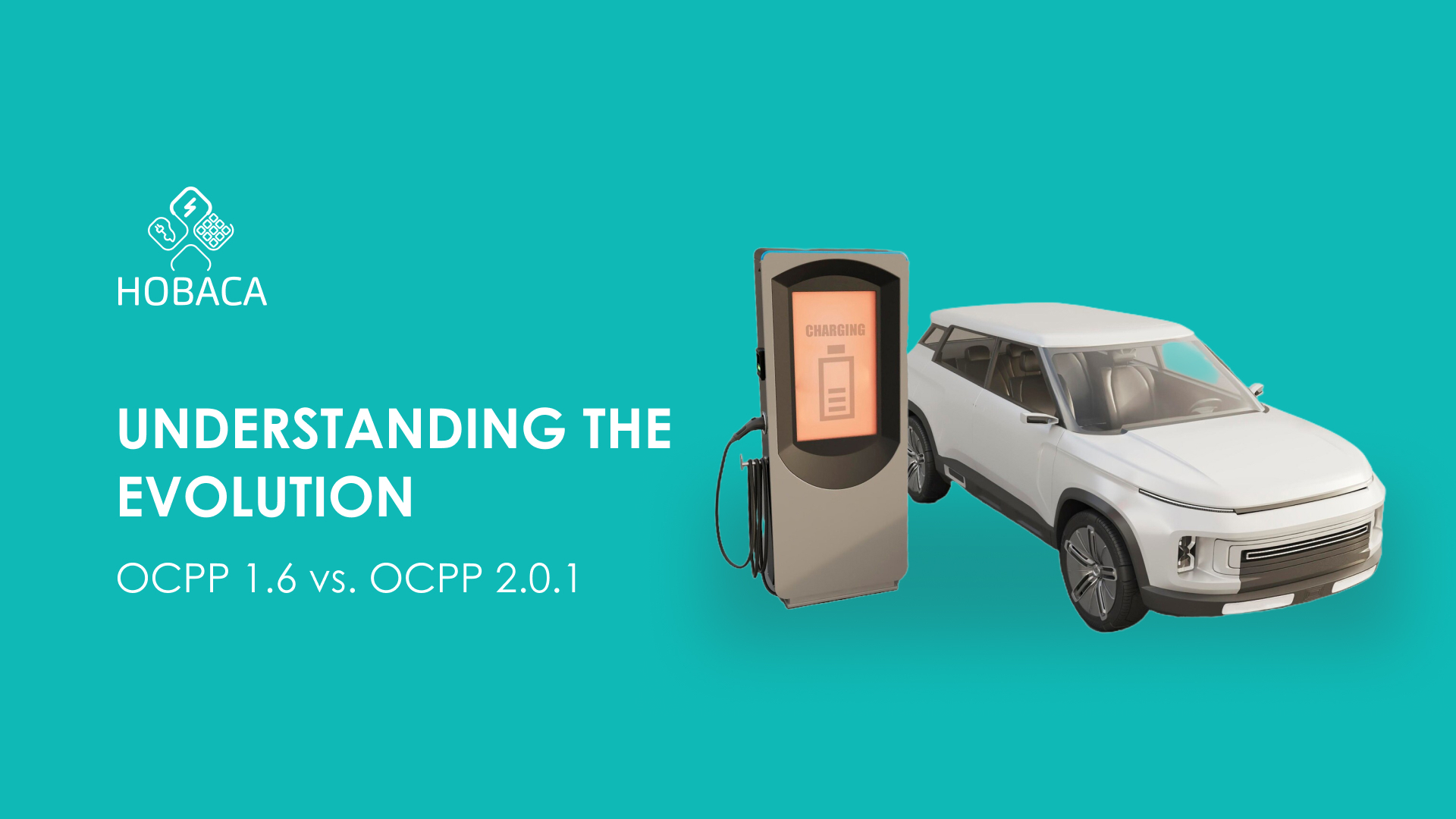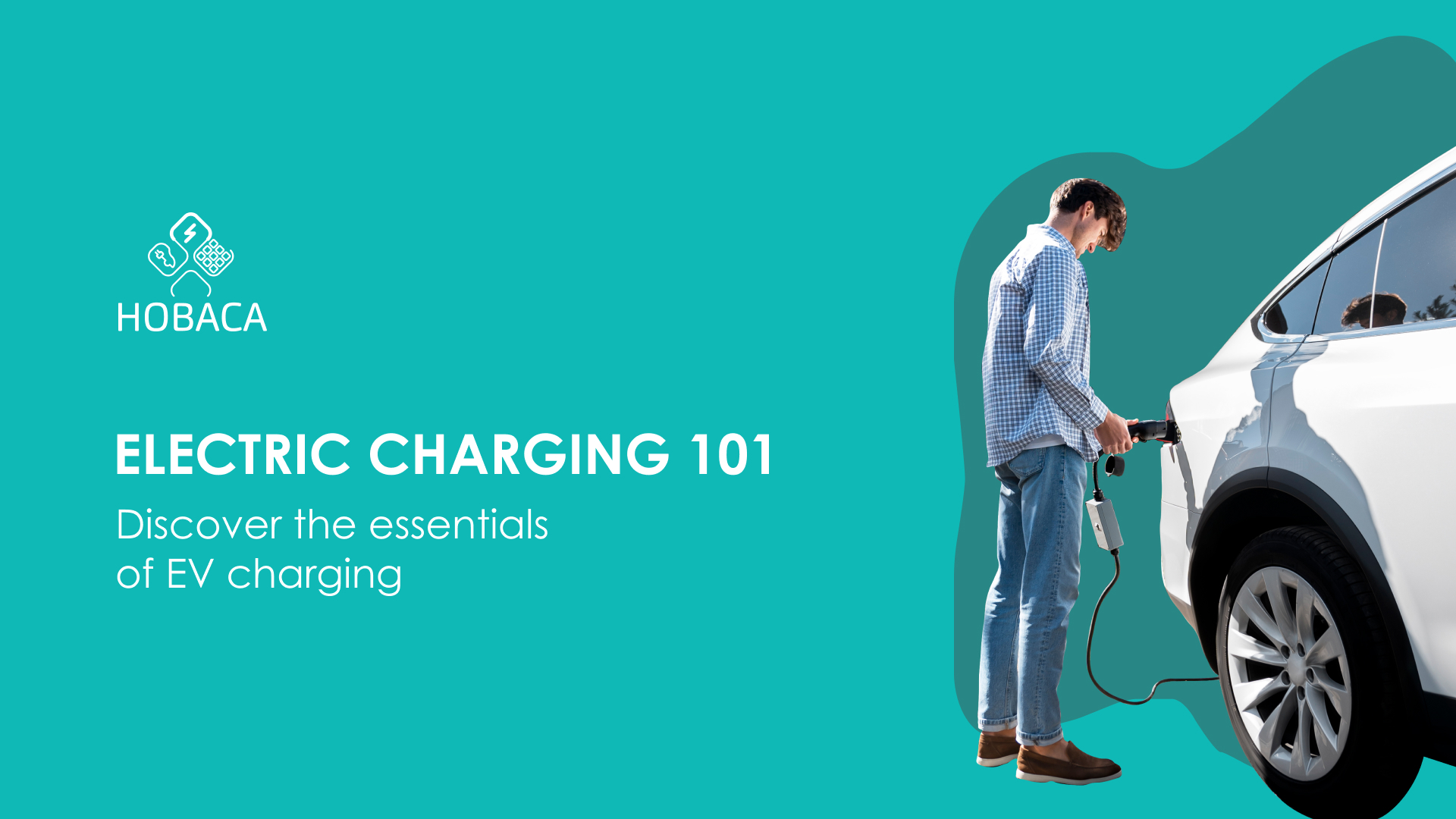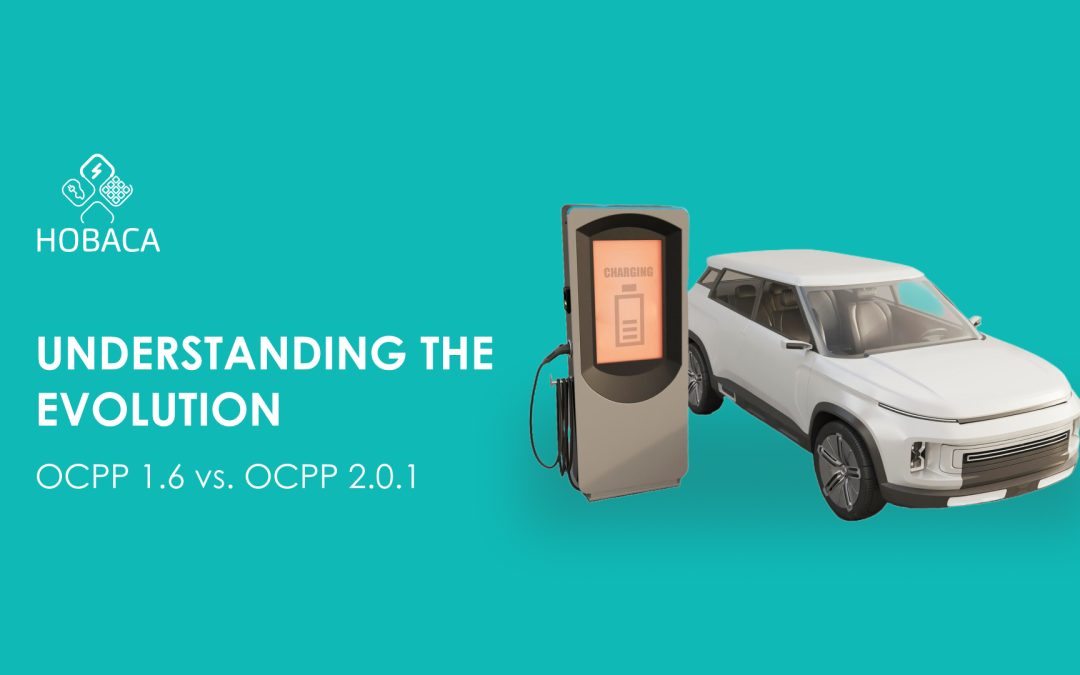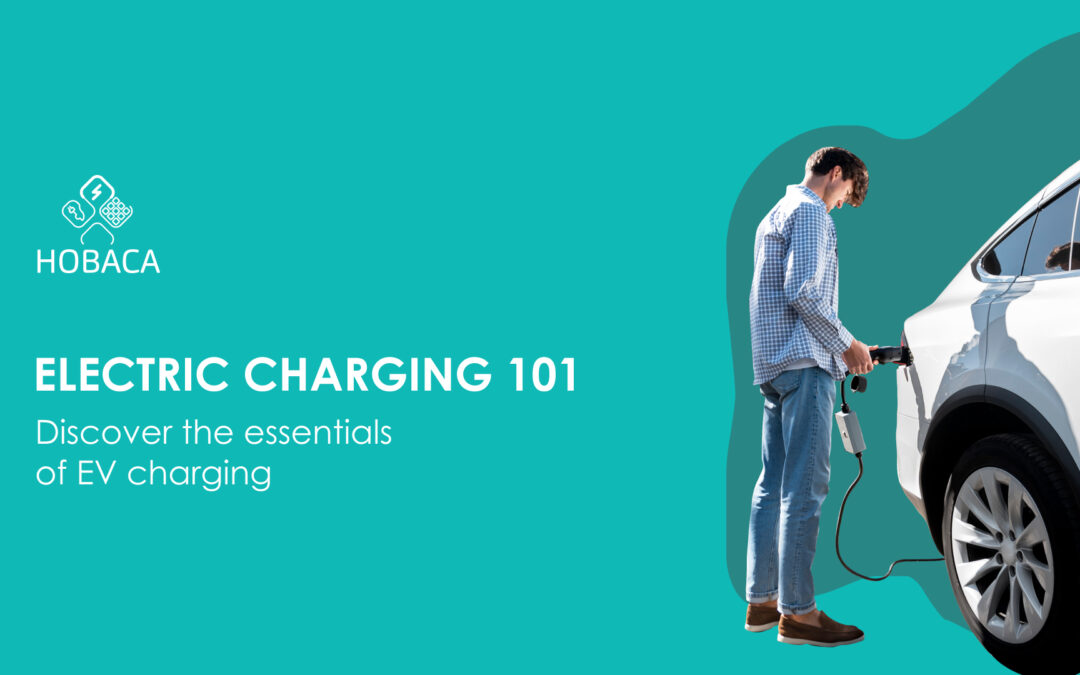How is e-mobility forcing a paradigm shift?
E-mobility is reshaping our driving landscape, introducing new perceptions and expectations around the experience of owning and using vehicles. The topic of charging electric vehicles (EVs) evokes mixed feelings. For some, the process is seen as a cumbersome necessity, marked by longer durations compared to traditional fueling methods. Yet, for others, EVs represent a leap towards more sustainable and cost-effective urban mobility, with the convenience of overnight home charging aligning perfectly with their lifestyle. Regardless of these differing viewpoints, it’s clear that e-mobility is sparking a significant shift in both the practical and conceptual aspects of transportation. It challenges us to rethink not only our daily commutes but also the infrastructure and policies needed to support this green revolution. As we adapt to these changes, the development of innovative charging solutions, such as those provided by platforms like HOBACA, becomes crucial. These advancements aim to streamline the charging process, making electric driving more accessible and appealing to a broader audience. In this new landscape, “refueling” an electric vehicle (EV) necessitates a departure from the traditional refueling processes associated with combustion engine vehicles. The charging experience for EV owners can vary significantly depending on the type of charger used. Options range from standard household outlets, which offer the slowest charging speed, to AC chargers capable of delivering up to 22 kW, and onto the ultra-fast DC chargers, which boast powers exceeding 300 kW. This variety in charging speeds fundamentally alters the refueling strategy for EV drivers. Moreover, the cost of using different types of charging services is a crucial factor that influences how individuals interact with the available charging infrastructure. The economic aspect of charging cannot be overlooked, as it directly impacts the decision-making process for EV owners seeking the most efficient and cost-effective way to charge their vehicles. Additionally, it’s essential to recognize that EVs now play a dual role in our energy ecosystem. They are not merely vehicles but can also be considered as “batteries on wheels.” This capability allows them to not only draw energy from the grid but also to supply energy back to it upon request from system operators. This bi-directional energy flow opens new avenues for managing energy supply and demand, marking a significant evolution in how we perceive and utilize electric vehicles within the broader power system. The discussion above leads us to a critical conclusion: EV charging must be effortlessly integrated into our daily lives, highlighting the essential need for a continuous grid connection, even when an EV is not in use. As the landscape of vehicle use evolves, any break in an EV’s day—whether it’s parking at work, staying overnight at a hotel, resting at home, or while running routine errands like grocery shopping and retail visits—becomes an ideal opportunity for charging or discharging. These moments are key to comfortably extending the driving range and investigating the possibility of offering ancillary services to the energy grid.

EV Charging Station Potential in Retail Sector
HOBACA has identified the significant, yet untapped, potential of EV charging stations located in the parking lots of shopping malls and retail centers as a critical focus area. These venues are characterized by their ability to draw a large number of visitors, provide substantial space, and offer opportunities to add value to retail establishments. They are perfectly positioned for the introduction of innovative charging solutions. These could include charging fee discounts tied to spending at related retail outlets and leveraging collected data for valuable business insights, thereby creating marketing opportunities. Additionally, these solutions allow for active participation in ensuring a safe and reliable power supply, underscoring the importance of EVs in the broader context of energy system stability and sustainability. When delving into the vast potential of EV charging within parking spaces allied with the retail sector, a pivotal metric to consider is the actual number of such parking lots available. While the presence of these parking lots is evident to most through daily observations, obtaining precise data on their numbers presents a significant challenge. The European Parking Association took a step toward addressing this gap by publishing a comprehensive report in 2013 (EPA Data Collection). This report shed light on the landscape of parking across Europe, revealing that there are approximately 48 million regulated parking spaces scattered throughout the continent. In addition, it estimated the existence of around 190 million non-regulated parking spaces, which include the likes of private home parking and kerbside spaces. Although the primary aim of the report was to gauge the potential revenue generated from these regulated parking spaces, its findings also serve as a crucial resource for evaluating the potential for EV charging, particularly within parking areas linked to retail outlets. Digging deeper into the data, the report indicates that a significant portion of these spaces, specifically around 16%, is accounted for by parking lots integrated with shopping malls. This equates to an estimated 8 million parking spaces that are directly connected to the retail sector, specifically shopping malls, as of the year 2013. This figure becomes even more meaningful when placed in the context of the total number of vehicles in Europe. According to Statista, Europe was home to approximately 250 million registered vehicles in 2013. Thus, nearly 3% of all vehicles could potentially utilize the parking facilities at shopping malls. This estimate highlights a significant opportunity for integrating EV charging solutions into these spaces. However, it’s essential to recognize that the actual number of parking spaces within the broader retail sector could be substantially higher, further underscoring the untapped potential for EV charging infrastructure expansion. Accurately determining this number remains a complex task, yet the importance of such data cannot be overstated as it underpins strategic decisions in the expansion of EV charging networks. Exploring the financial dimensions of EV charging within the retail sector provides additional insight into its potential. For a focused and coherent analysis, this investigation will concentrate solely on the European market. The retail landscape in Europe is vast, with the top ten retailers collectively amassing an annual turnover exceeding 600 billion euros, according to data from Retail Index. Leading this group is the Schwarz Group, which boasts an annual turnover of approximately 113 billion Euros and employs 575,000 people across 32 different countries (Schwarz Group). A visual representation available on Retail Index outlines the distribution of different retailers across European countries, highlighting the diverse retail ecosystem. An in-depth examination, using Portugal as a case study, reveals the variety within the retail sector—from the food industry to telecommunications, with a particular emphasis on the food retail sector for the purpose of this article. The competitive nature of this market compels retailers to continuously enhance service quality and innovate to stay ahead. One such innovation that stands out is the provision of easy and convenient EV charging facilities for customers. In Portugal, for example, the top 15 food retailers operate over 3,000 outlets in a mix of locations and sizes, illustrating the widespread opportunities for integrating EV charging solutions. This competitive environment not only demands excellence in customer service and innovation but also provides a unique opportunity for retailers to differentiate themselves. Offering EV charging can be a strategic move to attract eco-conscious consumers and enhance overall customer satisfaction. As the push towards sustainability grows stronger, retailers who adopt and implement EV charging facilities stand to gain a competitive edge, reinforcing their commitment to environmental stewardship while catering to the evolving needs of their customers.
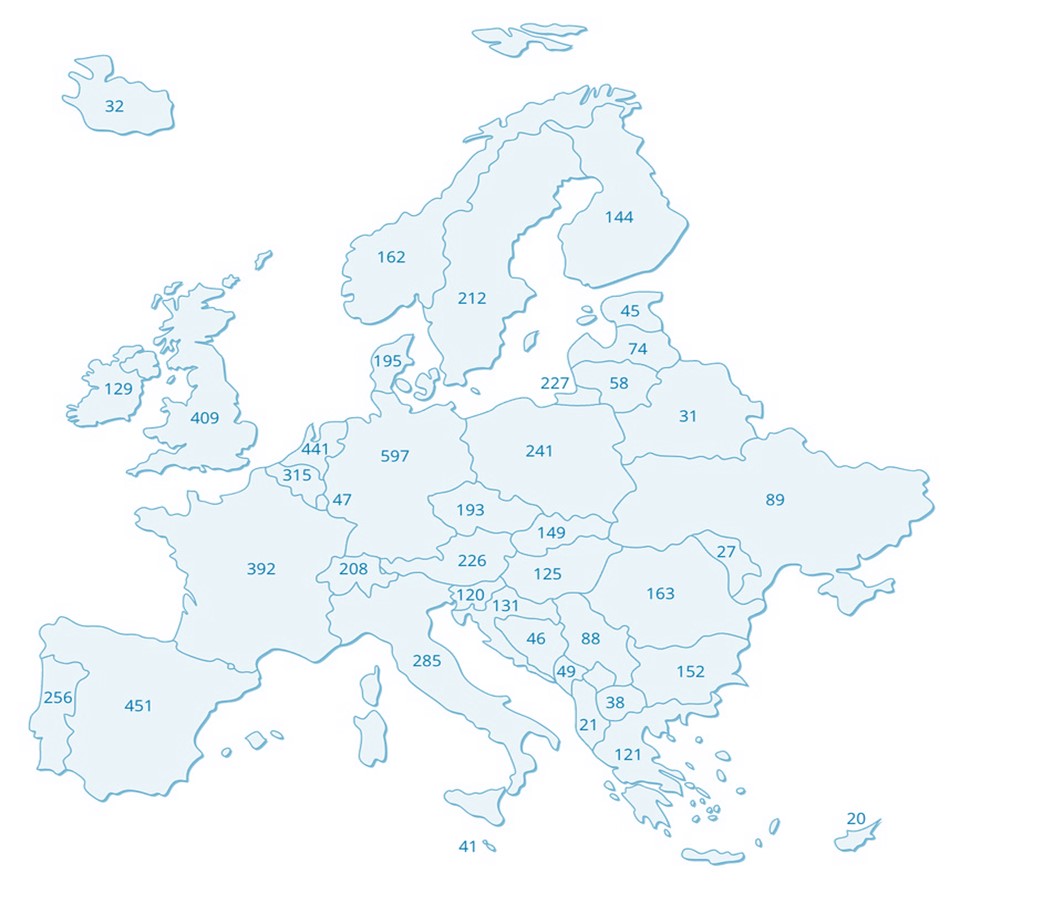
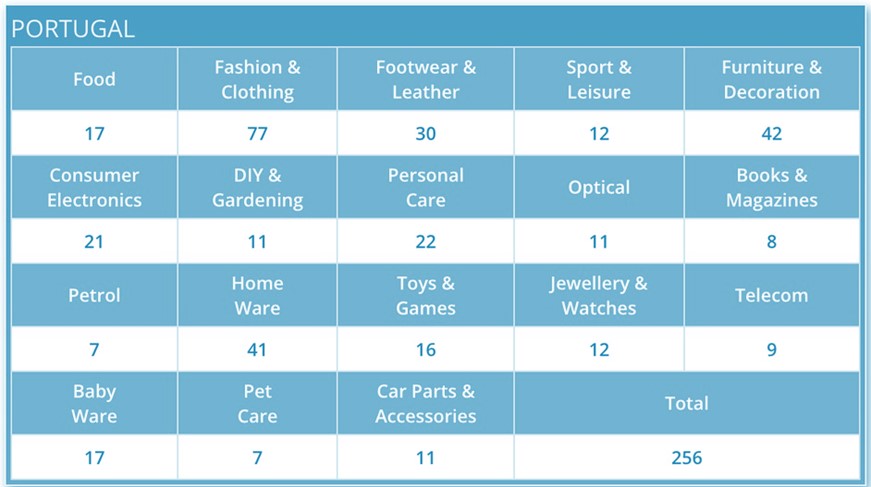
Retailers have begun to recognize the strategic advantage of installing EV chargers—both AC and DC types—at their premises. The initial rationale was straightforward and well-intentioned: to draw customers by offering added value during their shopping experience. In the early days of EV adoption, the primary focus was on the novelty of providing charging options as a free service, without a comprehensive strategy for monetizing these services or fully leveraging them beyond mere marketing benefits. This approach aimed to capitalize on the unique needs of EV owners, who could take advantage of idle times to charge their vehicles, enhancing the appeal of spending time and money at retail locations.
However, as EV adoption accelerates and the demand for charging services grows, the financial implications for retailers offering free EV charging have become increasingly significant. Utility bills for these retailers have surged, impacting store profitability. Additionally, the indiscriminate use of charging facilities by both genuine customers and others, including taxi services and commercial entities seeking free power, has compounded the challenge. What was once considered a clever marketing strategy has evolved into a substantial financial burden, with costs escalating steadily.
The pressing issue now facing retailers is how to integrate EV charging services in a way that adds value to their core business, benefiting both the customer and the retailer. This dilemma requires a nuanced understanding of customer behavior, innovative pricing models, and strategic partnerships. Retailers must navigate the fine line between attracting and retaining customers with this value-added service and ensuring the sustainability and profitability of their charging offerings. The solution lies in developing a more strategic approach that not only enhances the shopping experience but also aligns with the retailers’ business objectives, potentially including charging fees tailored to customer spending, loyalty programs, or exclusive services for patrons.
HOBACA Solution: Shop&Charge
HOBACA presents a compelling solution with its Shop&Charge concept, a strategy designed exclusively for the retail sector to transform EV charging into a significant value addition to their core business. This concept leverages the potential of EV charging, combined with a robust backend platform, to enhance the retail experience. The premise is straightforward: facilitate effortless charging for customers’ electric vehicles as they shop and spend within the retailer’s premises. However, this is merely the beginning, as the EV charging process encompasses far-reaching benefits for the operator, with HOBACA acting as the catalyst to unlock the full potential of e-mobility.
Illustrated through the provided graphic, the Shop&Charge concept positions the HOBACA backend platform as an intermediary between the EV driver—who may or may not be a customer of the retail store—and the retail store itself, which operates the EV charging stations. This system introduces two pivotal advantages for the retail sector. Firstly, it allows retailers to offset the costs of electricity by implementing a payment structure for EV charging services. These charges can vary based on the customer’s expenditure within the store, directly linking the amount spent to applicable discounts on charging services. While it is not mandatory for an EV driver to be a customer of the store to access the charging service, those who do not partake in store purchases miss out on potential discounts, paying the full price instead.
Secondly, the Shop&Charge concept affords retail store management invaluable insights into customer behavior and preferences by integrating data from store receipts with charging service usage. This integration offers a unique perspective, enabling retailers to craft customized loyalty bonuses and promotional actions targeting specific products. It’s important to note, however, that linking a customer to a specific invoice, especially in cash transactions, poses challenges. Yet, once a customer associates their invoice with the charging service for their vehicle, thereby activating a discount, this action bridges the gap between individual purchases and EV charging, aiding in the creation of detailed customer profiles by the management and analytics teams. It is also important to note that no alterations to the existing receipts are needed, as HOBACA uses already existing elements of the invoice (such as a QR code needed for fiscalization purposes) for a user to link it with their charging services and get the discount, where the retail store gets the link with the person and deeper insights.
Retrofitting Possibility: Maximizing Existing Infrastructure
A particularly compelling aspect of HOBACA’s Shop&Charge concept is its adaptability. The system can be retrofitted to existing EV charging infrastructures, allowing retailers to leverage their current investments while stepping into this innovative ecosystem. This flexibility ensures that retailers, regardless of their current setup, can embrace this future-forward initiative without the need for extensive overhauls, making the transition as smooth as it is advantageous.
How does the process look like?
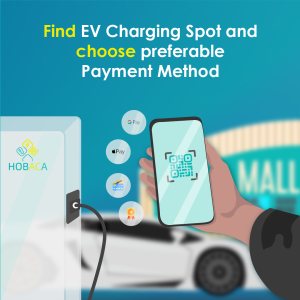
Upon arrival at a retail site integrated with HOBACA’s Shop&Charge concept, customers experience the seamless convenience of charging their electric vehicle while indulging in retail therapy. The initiation of the charging process is as simple as connecting their EV to the station and scanning a QR code using Apple Pay, Google Pay, or a credit card. This ease of access encourages customers to transition smoothly from charging their vehicle to exploring the retail offerings, fostering a holistic and modern shopping ecosystem.
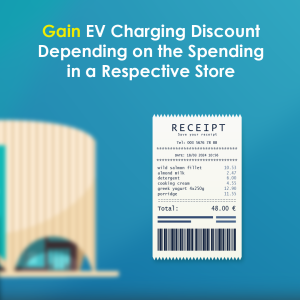
For retailers, the benefits of adopting the Shop&Charge concept extend far beyond merely enhancing customer service. It transforms parking spaces into active components of the shopping journey, promoting longer visits and potentially increased expenditure. However, the innovation extends further, seamlessly integrating with the retailer’s operations.
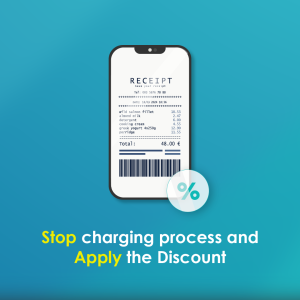
After completing their purchases, customers can scan their receipts to link their expenditure with the charging service. This linkage not only automates the application of discounts on EV charging based on in-store spending but also equips retailers with critical data on consumer behaviors and preferences. This system rewards customer loyalty while supplying retailers with insights necessary for tailoring marketing strategies and promotions, thereby elevating the shopping experience and solidifying consumer loyalty.
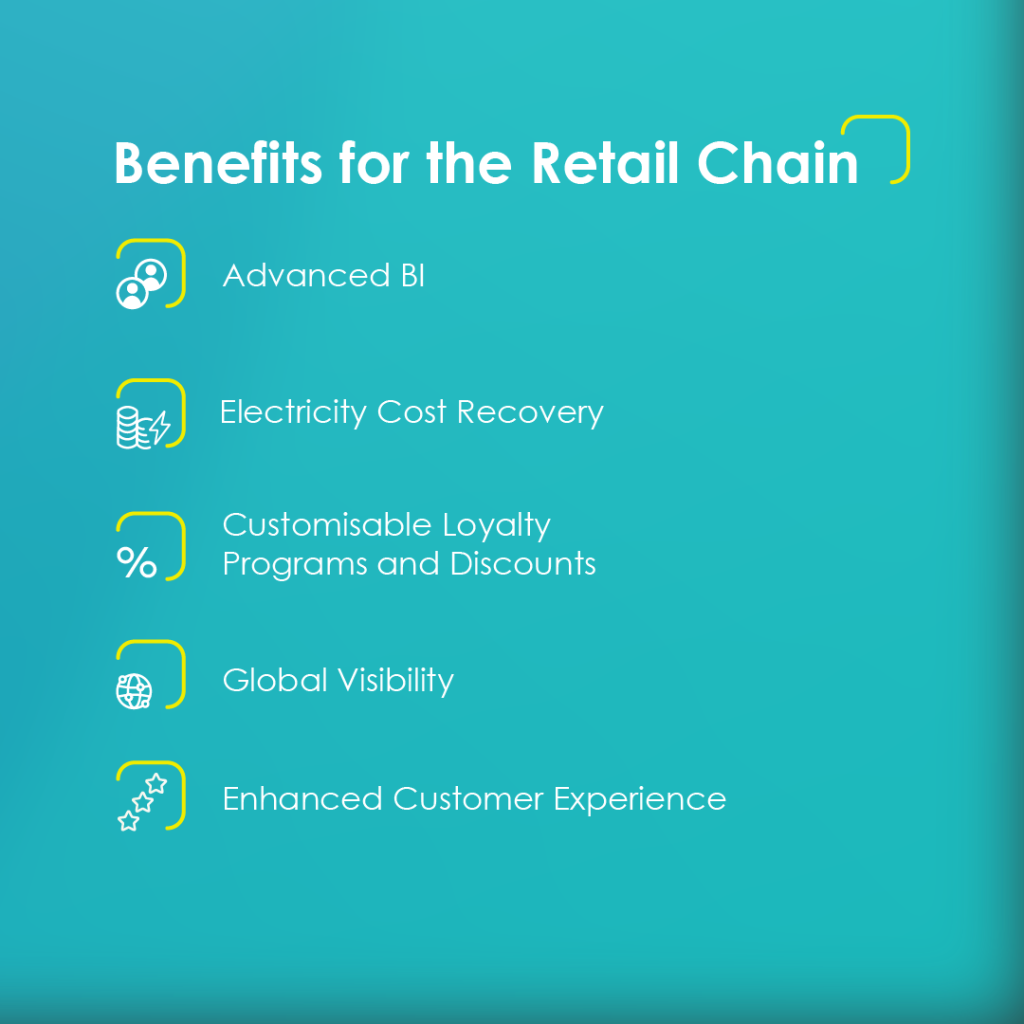
Harness the Power of Shop&Charge
In conclusion, the Shop&Charge concept by HOBACA represents a pioneering solution that bridges the gap between the growing demand for EV charging and the retail experience, offering a unique opportunity to drive customer loyalty, enhance the shopping experience, and unlock new revenue streams. This innovative approach not only positions your retail store as a leader in customer service and sustainability but also leverages existing infrastructure to maximize return on investment.
As the retail landscape evolves, staying ahead of customer expectations is paramount. By integrating HOBACA’s Shop&Charge system, retailers can not only meet these expectations but exceed them, offering a value-added service that attracts a wider customer base and encourages longer, more fruitful visits to your store.
Don’t miss the opportunity to differentiate your business, attract eco-conscious consumers, and tap into the potential of EV charging. Contact HOBACA today to explore how the Shop&Charge concept can be seamlessly integrated into your existing infrastructure, transforming your retail space into a destination for the modern consumer.
Take the first step towards redefining the retail experience. Join us in leading the charge towards a more sustainable, customer-focused future. Get in touch with HOBACA now and start harnessing the power of e-mobility in your retail strategy.


